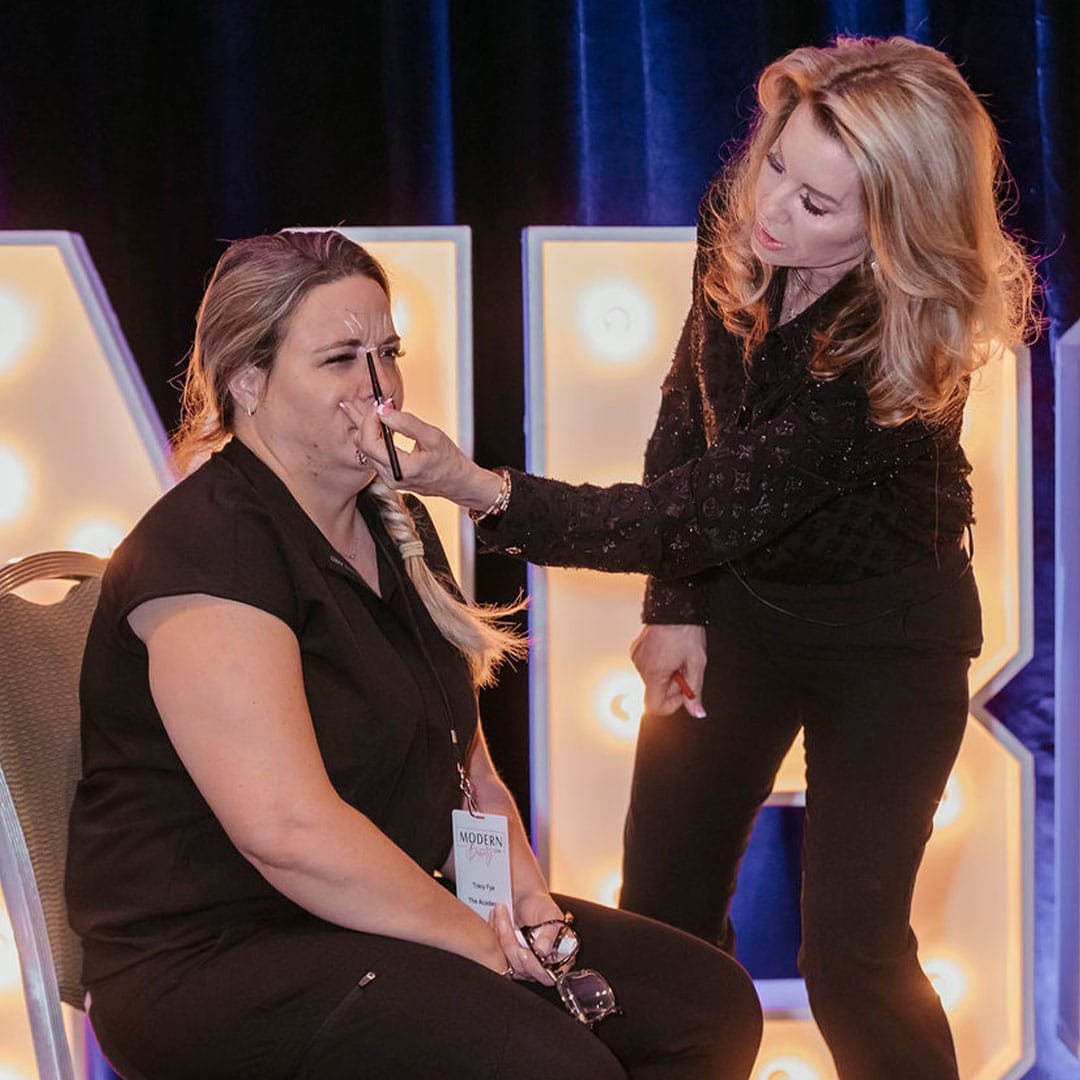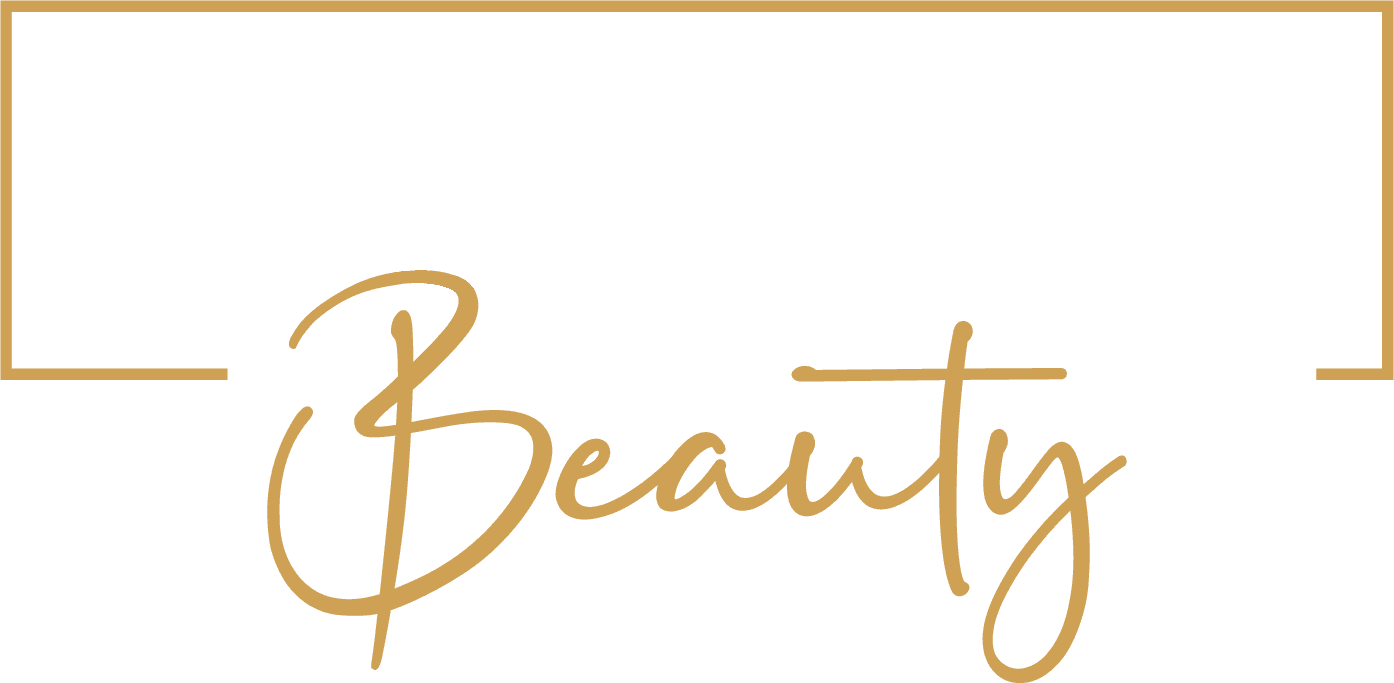- Entrepreneurship, Marketing

Tips & Tricks For Money Making Before & After Pics

You can describe your nurses’ experience and skills, your technologically advanced tools, and the mind-blowing results you’ve seen in-clinic, but nothing will convince a prospective patient quite as quickly as a drastic Before & After portfolio. Even loyal clients might request to see proof before they sign up for a new treatment. The key? Crisp, clear, and professional photographs.
Here’s how to optimize your Before & After pictures to show off your skills in the best light.
Get the patient’s approval
If a patient has signed an agreement to have their photographs released on your website, social media, and other marketing materials, make sure to manage their expectations. Will there be a black bar covering their eyes or will they be fully recognizable? This will not only prevent confusion and conflict, but it will also help you know exactly how to edit these photos when the time comes.
Prepare the patient’s face
Before the patient is photographed, ask them to remove all traces of makeup. Provide a gentle but powerful oil-based makeup remover and facial cleanser. If you don’t have a sink readily available in the photography room, make sure there are plenty of cotton pads and micellar water, or makeup remover wipes so the patient can be thorough. Ideally, the Before & After pictures won’t show any makeup, as that might create the illusion of deceptive marketing.
After all makeup is removed, provide the patient with a disposable headband and, if needed, a hair tie to keep all their hair out of the way.
Set up a dedicated photography room or area
Remember the goals of Before & After pictures are somewhat the complete opposite of, say, family photos (in which the subjects want their skin to look flawless). For Before & After pictures, you want to see the imperfections, and you want to capture every subtle change to your patients’ skin so you can make an informed decision on treatment and show off the amazing progress. In essence, what you’re aiming for is accuracy and precision, not perfection!
This is why it’s ideal to set up a dedicated photography room or area in your office. Not only will it lend convenience to your practitioners, but you can guarantee uniformity no matter what time of the day or season it is. For example, if a patient takes Before pictures in one room with an eastern window in the morning, then their After pictures are taken in a separate room with two windows facing south in the afternoon, their pictures will not accurately represent the differences in their skin.
When you decide on which room to select as the photography room, the first thing you should consider is lighting. If you don’t have an additional room to use as your photography room, you can set up a dedicated area of your office for photos. A good hack – use a black drape behind a door to pull up or down to use as the background for your pictures.
Perfect the lighting
Think about the last time you checked out food pictures on Yelp and drooled over delectable plates of juicy meats versus the ones that were clearly taken in the dark by an inebriated customer. Which one got your appetite more excited? The same goes for your Before & After pictures. That’s why lighting is key. What you want is bright, evenly-lit illumination.
When you take clinical photographs of your patients, shadows can be your absolute worst enemy. Variations in natural light or poorly angled artificial light can inaccurately emphasize the appearance of wrinkles or pores, which might seem favorable to you for a Before picture, but remember, what you’re aiming for is accuracy!
Use windowless rooms or blackout curtains
For the reasons we mentioned above, taking photos in windowless rooms are the best, but if you must have a window in the photography room, invest in blackout curtains. If you have the right lighting set up, this won’t impact the quality and clarity of your photos.
Avoid natural lighting
Despite the breathtaking beach-wedding photos you’ve seen time and again, natural lighting is not ideal for Before & After pictures. It can cause overexposure in the photographs, which leads to a yellowing or even blue-ing of the skin tone. This subtle change in natural skin tone can lead to drastic changes in how the skin ends up looking in pictures.
Select photo-friendly lights
If you happen to have a savvy photographer on staff, you’ve lucked out! If you don’t (and aren’t quite sure how to set up a lighting system yourself), we highly recommend hiring a consultant, as this will determine how professional and crisp your photos will turn out.
Generally, the bare minimum would be to set up a good source of overhead lighting and speedlights. For overhead lights, you’ll need something at least 5000K (color temperature) that spreads the light evenly and brightly throughout the whole room. You want patients to be as close to the overhead light source without creating shadows. To help with this, speedlights (used with a diffuser) are recommended to help flood the area with white light, which will help make the patient’s face appear natural.
If it’s within your budget, you can always invest in VISIA’s IntelliStudio®, which offers everything you need in one system, or FotoFinder is another great option.
Prepare the background
Once you’ve determined the lighting, background is next.
First thing’s first: avoid a background with objects in it—you don’t want anything to distract the eyes from the main attraction: the face. It’s OK to use a bare, patternless wall, but do so only if your walls are matte. Glossy paint will create a reflection from the flash. You should also make sure the background is an even surface and that it’s one neutral color throughout. If your wall doesn’t meet this criteria, invest in a photography backdrop.
When you take photos of your patient, ask them to stand 24-36 inches away from the backdrop in order to prevent additional shadows.
Take photos of multiple angles
Although it’s standard practice to take at least three photographs of your patient at each photo session, try to take two or three from each angle in case. In terms of angles, aim for:
- Straight on or direct facing
- 45-degree angle (from both left and right sides)
- 90-degree angle (from both left and right sides)
In order to ensure the angles are consistent for every photo you take, create marks on the floor for your client to stand on. This can look like a circle split into sections like a pie, which numbers pasted on them. For “pie slices” across from each other, use the same number so it’s easy for the patient to know where to place their feet. For example, when you ask them to put their feet on 3, they can put their left foot on the left slice that says 3, and their right foot on the right slice that says 3. This will make sure their body is angled the same way in all photos.
You should also put numbers or letters on the wall so they know where to focus their eyes. This helps with angling of the head left to right, but also up and down.
Select a professional camera
If you don’t have an all-in-one system like the VISIA IntelliStudio® or other similar technology, make sure you get a professional camera and lens that not only work well for portrait/headshot photos, but also one that won’t be too sophisticated for your designated photographer to use. In some cases, multiple estheticians or nurses will be responsible for taking photos, and with possible turnover of staff, you don’t want too high of a learning curve.
Use a DSLR or Mirrorless Camera
DSLR cameras are the best choice for clinical photography, but will require a bit more training in order to get the best photographic results. DSLR cameras allow full adjustment options of the focus, exposure, shutter speed, aperture length, and gives you total control for consistent results between clients and across timelines of treatment.
One highly recommended camera for close-up portraits is the Canon 6D Mark II, which tends to be simpler to use and learn than others.
Be discerning when using smartphone cameras
Many of you will use an iPhone or another smartphone to take Before and After photos. Many smartphones have powerful cameras on them nowadays, so this is a great alternative to a DSLR or Mirrorless camera.
To take great photos on your smartphone, you should assign one phone as the go-to phone to take Before and After photos for consistency’s sake, and do some practice runs. During these practice shots, figure out which shoot setting, distance, and light settings work best and record those settings so that they can be used for every shot moving forward.
Be mindful of the auto-focus feature and exposure settings on these phones so that you can keep them consistent for every shot.
Invest in a photo-editing system
Photo systems such as FotoFinder Skin Imaging Technology and Visia are specifically created for clinical use. Their biggest downside is the initial cost and the fact that they will require at least one of your staff to have specific training for proper operating practices. Visia also requires training in order to use their photo system.
However, if you can afford a photo system, many clinics say it is well worth the investment. Not only will you get extremely high-quality photos, but you will also get access to regular software updates, additional training sessions, and photo storage systems.
If you decide to go the DSLR/mirrorless camera route, you’ll need to purchase a simple editing software system to make sure the Before & After pictures are consistent. Smartphone apps like Photoshop Fix are great to edit any smartphone pictures.
You’ll also want editing capabilities to:
- add black bars (if needed)
- watermark the photos with your practice’s logo or name
- to overlay captions such as which treatment was used, how many days it’s been between the Before and After photos, the client’s skin type/concern, age, etc.
Two photo-editing software systems you can consider include Luminar and Adobe Lightroom, both of which offer a 7-day free trial. Luminar is best known for its convenience; as in, it can identify human faces and makes its best recommendations. Adobe Lightroom, one of the most if not the most popular editor, allows you to get creative, then save your settings to apply them to all future photos.
—-
We send out the industry’s best newsletter on how to build a safer and profitable MedSpa practice, every week. Sign up to get guidance and industry top news.
